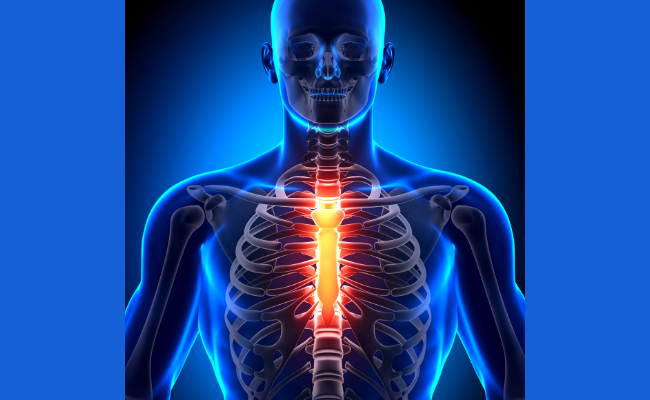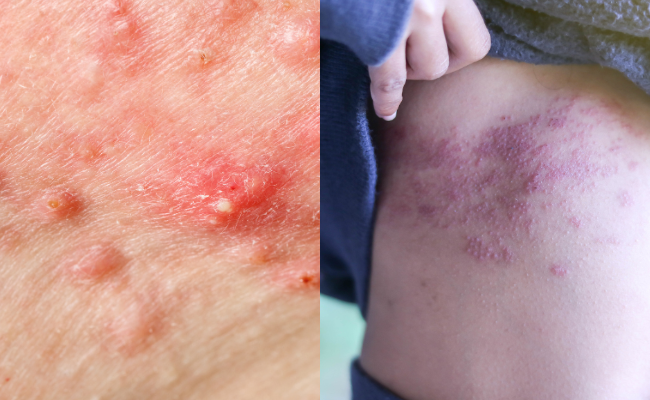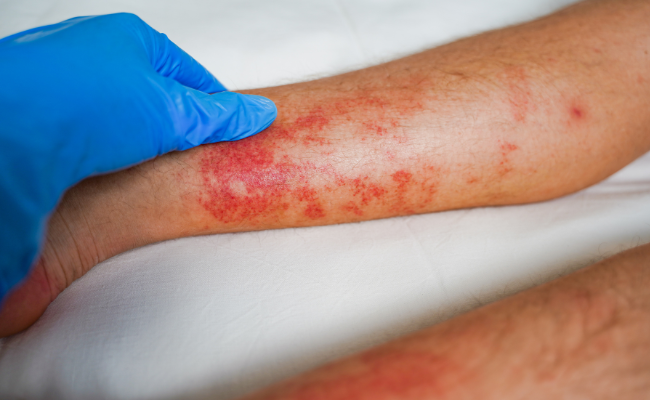How to Treat Swollen Arms And Hands?
- November 01, 2023
- No Comments
What is Swollen Arms and Hands?
Swelling in the arms and hands is characterized by an abnormal accumulation of fluid in the tissues, potentially causing discomfort, pain, or a sensation of tightness. It may affect one or both arms. Understanding the causes, symptoms, and effective treatment options is crucial for managing this condition. Swelling occurs due to an excess of fluid trapped in the body's tissues, influenced by factors such as heat, exercise, or underlying medical conditions. While swelling is often benign and not a cause for significant concern, it could also signal an underlying condition that necessitates proper treatment.
Why Do Arms and Hands Swell?
Swelling in the arms and hands can result from various factors:
- Fluid Retention: Imbalances in the body's fluid regulation, often due to kidney dysfunction or heart failure, can lead to fluid retention, causing swelling.
- Injury or Trauma: Physical injuries such as sprains, fractures, or blunt trauma can trigger localized swelling as part of the body's natural healing response.
- Inflammatory Conditions: Conditions like arthritis or tendonitis can lead to inflammation, contributing to swelling in the affected joints or surrounding tissues.
- Lymphatic Issues: Dysfunction of the lymphatic system, responsible for draining excess fluid, can result in swelling in the arms and hands.
- Medication Side Effects: Some medications, including antihypertensives or corticosteroids, may cause fluid retention, leading to swelling.
How to Identify Swollen Arms and Hands?
Identifying swollen arms and hands involves recognizing physical symptoms:
- Visible Swelling: Observable enlargement of the arms and hands, often accompanied by a feeling of tightness or fullness.
- Pitting Edema: Pressing a finger into the swollen area may leave a temporary indentation, indicating pitting edema.
- Pain or Discomfort: Swelling is often accompanied by pain or discomfort, especially in cases of injury or inflammation.
- Reduced Range of Motion: Swelling in the joints can lead to decreased mobility and stiffness.
Treatment Solutions for Swollen Arms and Hands:
- Elevation: Raise the affected arm and hand above heart level to assist in draining excess fluid and reduce swelling.
- Compression: Use compression garments or wraps to provide external pressure, promoting circulation and minimizing swelling.
- Cold Compress: Applying a cold compress or ice pack can constrict blood vessels and reduce inflammation.
- Medical Evaluation: Seek professional medical evaluation to identify the underlying cause of swelling. Diagnostic tests, such as imaging or blood tests, may be recommended.
- Prescription Medications: Depending on the cause, healthcare professionals may prescribe medications such as diuretics to reduce fluid retention or anti-inflammatory drugs for inflammatory conditions.
- Physical Therapy: A physical therapist can design exercises to improve range of motion, enhance circulation, and reduce swelling. Manual lymphatic drainage techniques may also be employed.
- Dietary Changes: Adopt a low-sodium diet to minimize fluid retention. Monitoring fluid intake is also crucial.
- Weight Management: Maintaining a healthy weight can reduce stress on the circulatory system and alleviate swelling.
Benefit Points of Treating Swollen Arms and Hands:
- Improved Comfort: Effective treatment provides relief from discomfort, pain, and the sensation of tightness associated with swollen arms and hands.
- Enhanced Mobility: Managing swelling contributes to improved joint mobility and range of motion, enabling individuals to perform daily activities more comfortably.
- Prevention of Complications: Timely treatment helps prevent complications such as skin infections or damage to blood vessels that may arise from persistent swelling.
- Better Quality of Life: Effective management of swollen arms and hands enhances overall well-being, allowing individuals to lead a more active and comfortable life.
- Reduced Risk of Recurrence: Addressing the underlying causes and incorporating preventive measures can significantly reduce the likelihood of recurrent episodes of swelling.









Comments (0)
No comments yet